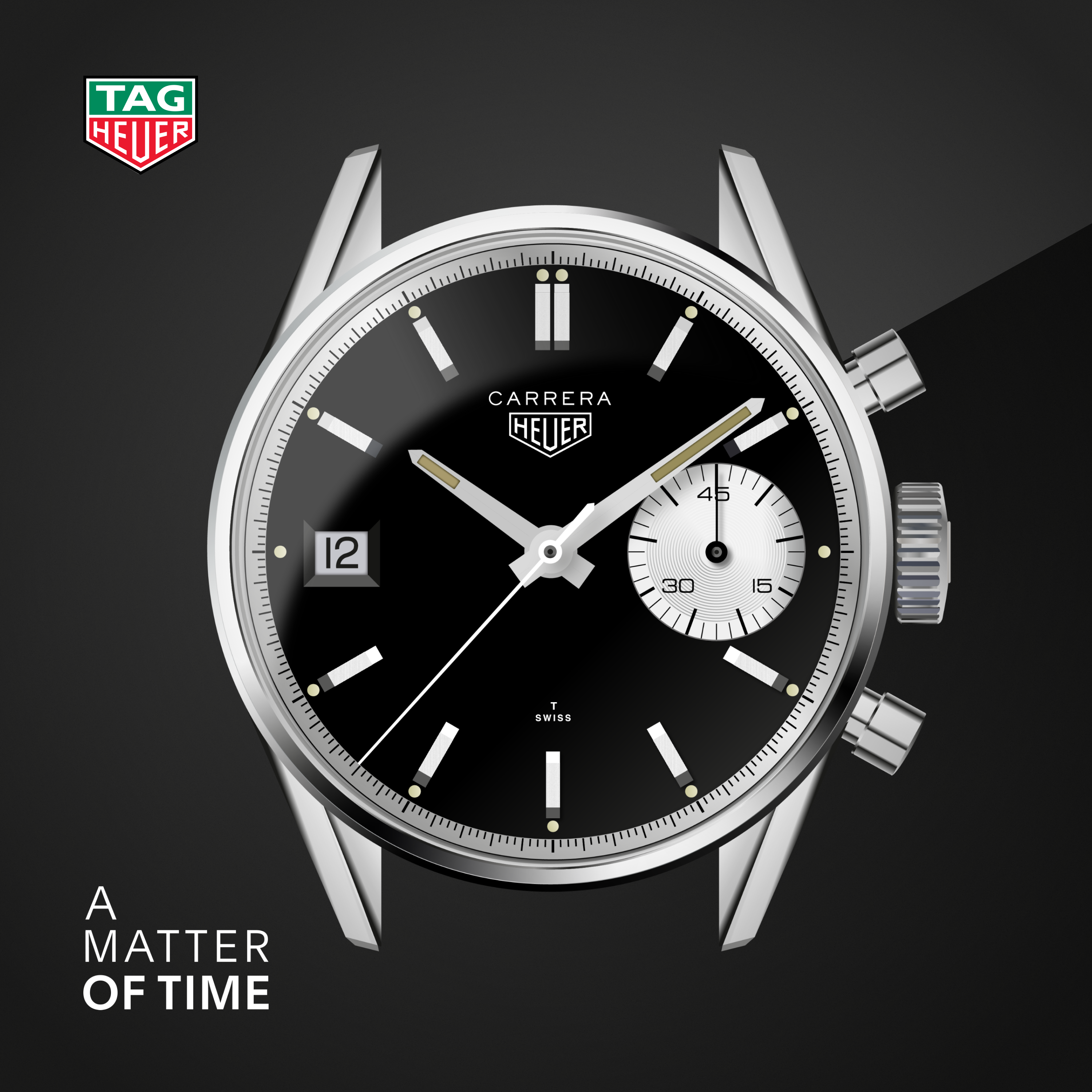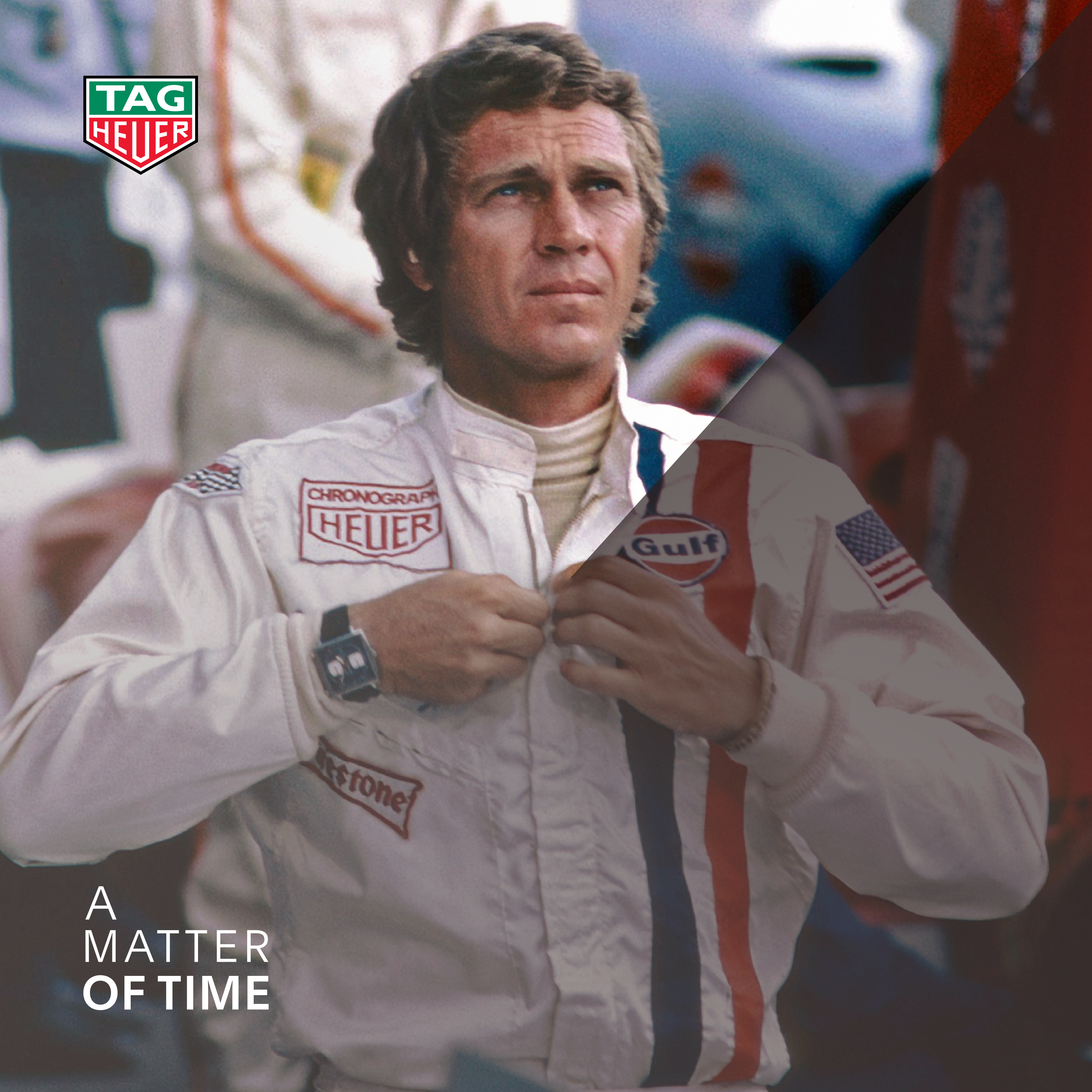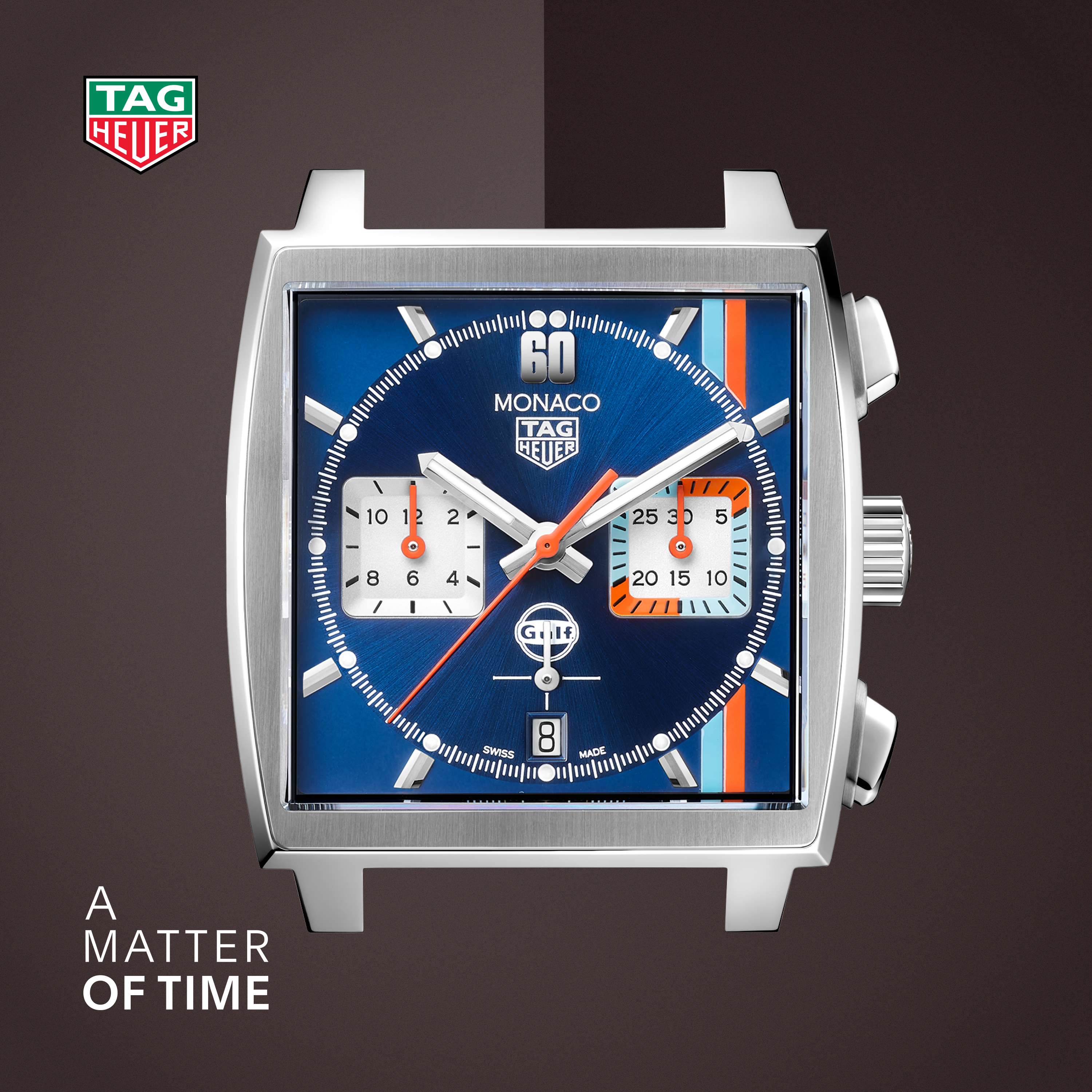Episode Transcript
[00:00:04] Welcome to A Matter of Time, a podcast by TAG Heuer. I'm your host, Nicolas Bibeck, heritage director at TAG Heuer and a lifelong enthusiast for Swiss watchmaking. In previous seasons, we've spoken about the Carrera, the Monaco and of course, our amazing connection to sailing. But there's one overriding theme that has appeared a few times now, and there's one collection that really summarises this. TAG Heuer is motorsport. To many people, the this indelible link between the discipline of car racing and the automotive world. And Heuer and TAG Heuer as a brand and their timekeeping equipment which has supported these endeavors, is a perfect relationship and one that really no other brand can speak to in the same way.
[00:00:47] Among all of our collections, there's perhaps one that the name alone encapsulates this the most perfectly, and that is the TAG Heuer Formula One. It's an amazing watch that was debuted in 1986 and truly broke the mold for luxury Swiss watchmaking at the time. And in this season, we're going to be covering the collection in detail, exploring various models throughout the history of the vertical, but also looking at the past that shaped it, as well as why this collection so perfectly summarises our great love for the four wheeled world. In this episode, we're going to look at what happened to the brand in the early 1980s and caused it to explore this new business vertical. As many of you will know, TAG Heuer as a brand was founded in 1986.
[00:01:29] Up until that point, it was known as Heuer. And the way in which Technique d'avant Garde group came to acquire the illustrious name that is Heuer and create this new maison is an interesting path.
[00:01:42] The company had been family run from 1860 to 1982. Throughout this time, it had seen amazing periods of growth, it had overcome economic challenges. And it was unfortunate that whilst Jack Hoyer was this truly visionary business leader who had taken the brand from strength to strength throughout the 1960s and 1970s, unfortunately, various external factors caused too many challenges for Jack himself to overcome.
[00:02:08] Whilst we often talk about the quartz crisis causing the most difficulty for the brand, and it was a key factor, there were other things going on at the same time. The US market was suffering terribly, having gone through a period of recession, fighting a conflict in Vietnam, the oil crisis eroding consumer confidence, all of these factors had meant that whilst the name was very well known as Hoya in the us, the economy wasn't in a position to really support the financial ambitions of the brand. Alongside that, Richard Nixon had decoupled the US dollar from other global currencies, causing huge volatility in the forex markets, making it very difficult for Heuer as a brand to sell products profitably.
[00:02:50] In 1978, the company had launched the Dive Watch series, starting with the reference 844 to help build the business. But in fact the approach to producing a more accessible wristwatch had started earlier. Heuer was at something of a deficit from the mid-1950s forward against its competition, as it made the decision to discontinue time only watches to focus exclusively on the chronograph. Whilst mechanical chronographs could trade for approximately three times the price of a standard time only watch, it was a market that Heuer had quite comfortably cornered, particularly when it came to those with a passion for motor racing.
[00:03:26] With the advent of more inexpensive watches, and particularly the interest in pieces that had automatic winding, Heuer is left in a more tricky situation. So it was decided in the early 1970s to embark on an effort to produce a less expensive mechanical chronograph.
[00:03:40] This series would become what was known as the Easy Rider. It was branded as both Heuer and Leonidas. These were two names that the company owned. And perhaps the most famous of the pieces that were produced were those co signed with the name of Jackie Ick, the celebrated young driver who at the time was working for the Ferrari Formula one team, which of course Heuer had a technical partnership with and sponsored.
[00:04:03] The watches themselves were fascinating and in fact, when you look at them more closely, you can see that they would lay many of the foundations that would become the initial TAG Heuer Formula one collection. The cases rather being made of metal, were made of a composite fiberglass reinforced plastic that could be coloured, some were chrome plated, but we, we would see yellow, we would see red, we would see blue. They would have these flat dials, so they were not so expensive to produce, but with very interesting graphic design that made it much more avant garde and contemporary and more appealing to younger consumers.
[00:04:33] Alongside the composite case, the main way in which they were able to keep costs down was the use of what was called a pin pallet movement. Rather than using the traditional Swiss lever escapement, it would use this new less expensive to produce mechanical escapement device to control the release of energy from the mainspring and of course tell the time.
[00:04:52] The movements were not designed to be serviceable. In fact, the idea was that you would replace the entire movement if the watch ever had a problem. This of course lays down many ideas for what would become other inexpensive watches in the Swiss watchmaking industry. But in a way, Heuer was really at the forefront of these ideas. Initially, the ideas around the collection were hugely positive, and it looked like they were going to be a great commercial success. Jack had in fact negotiated an agreement that Sears Department store in the US would be one of the main distributors. And he was very, very excited about what the commercial potential could be. Unfortunately, things were not to be as he had intended. When the watches arrived in the U.S. initially, sales were very brisk, but sadly, the return rate was much higher than initially thought. This was due to the lower quality that what was expected for the movements, causing them to not hold their accuracy, not hold their power reserve, and eventually just simply stop working.
[00:05:43] Not only was it damaging for the Heuer name, but in fact, it caused problems for Jack's relationship with the Sears department store, suggesting that they would not work with the brand ever again.
[00:05:53] But out of this very, shall we say, disastrous situation, some positives came out. Jackie Ickx, who had partnered on the project and lent his name to it. You know, of course, the watches had not had the success that everyone had hoped for, but the interesting packaging that they had produced in the form of his helmet would go on to find another use. Shortly after, the Cavalino helmet clock would appear. And the first ones would of course, be exclusively for Jackie Ickx, with his helmet design and his name on them. But once other drivers saw the helmet clocks and fell in love with the design idea and being able to present these as gifts, and of course, being able to take a small royalty for each one that Heuer would sell, these Cavalino helmet clocks would gain a firm place in the hearts of motor racing enthusiasts and are actually quite collectible today.
[00:06:40] So here we can see. Heuer was already toying with the idea of a less expensive watch. But it was the dawn in 1986 for this new mark as TAG Heuer and this new era for watchmaking that would really cement the appeal for the company.
[00:06:56] In the next episode, we're going to discuss the launch of the Formula One collection from Tag Heuer as well as understand the environment in which it had been brought up in.
[00:07:05] Thank you for listening to today's episode. We do hope you've enjoyed it. Of course. Don't forget to leave your review wherever you get your podcast. We always love to hear your feedback. And please tune in for our next episode.


